Love stinks - the truth behind fairytale romances
With its idyllic setting, the Lady Lever Art Gallery could be the perfect place for romance to blossom. But beware - the artworks on display show that the path of true love doesn’t always run smoothly. A short trip through some of the stories featured in our collection has revealed a trail of broken hearts, infidelity, betrayal and tragedy behind every meaningful look.

The Beguiling of Merlin (detail) by Edward Coley Burne Jones
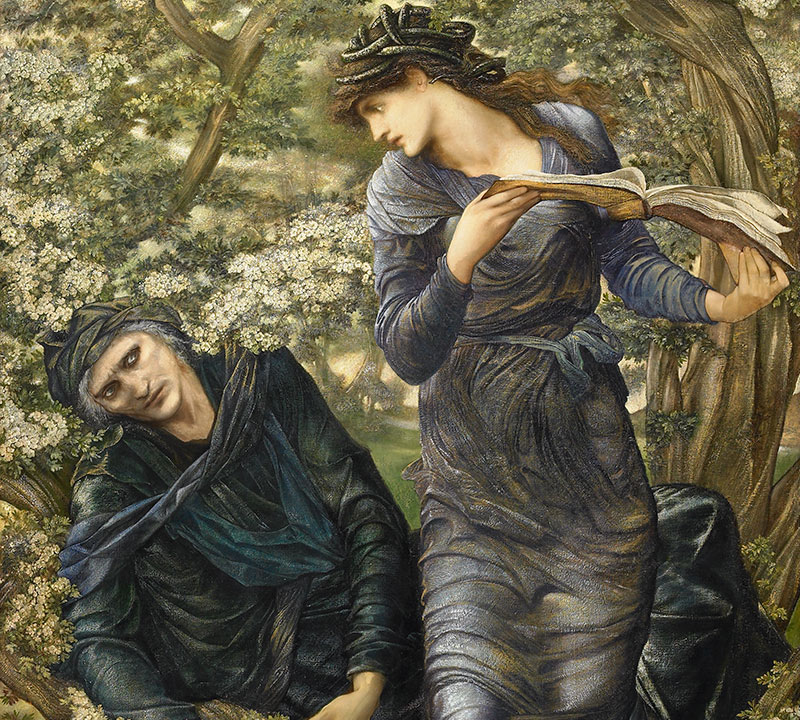
Art echoes life in this scene, where Nimue has enchanted Merlin and stolen his book of spells, along with his power, while he lies caught in a hawthorn bush. The model Maria Zambaco was in a relationship with Burne Jones, so the powerful sexual tension in the painting reflects the artist’s own infatuation. What a tangled web we weave, you can tell it will all end in tears.
Diana visiting Endymion, Wedgwood tablet
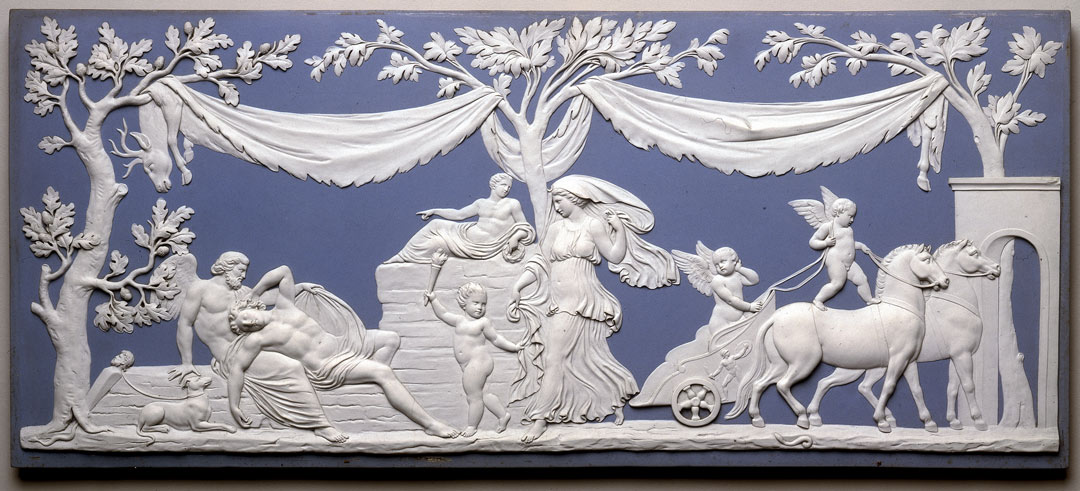
The goddess Diana is shown visiting the man she has fallen in love with in this Wedgwood tablet. The handsome Endymion has been granted eternal youth but is cursed to always sleep through Diana’s visits. Even a goddess can’t get a break sometimes.
Secrétaire commode by George Brookshaw
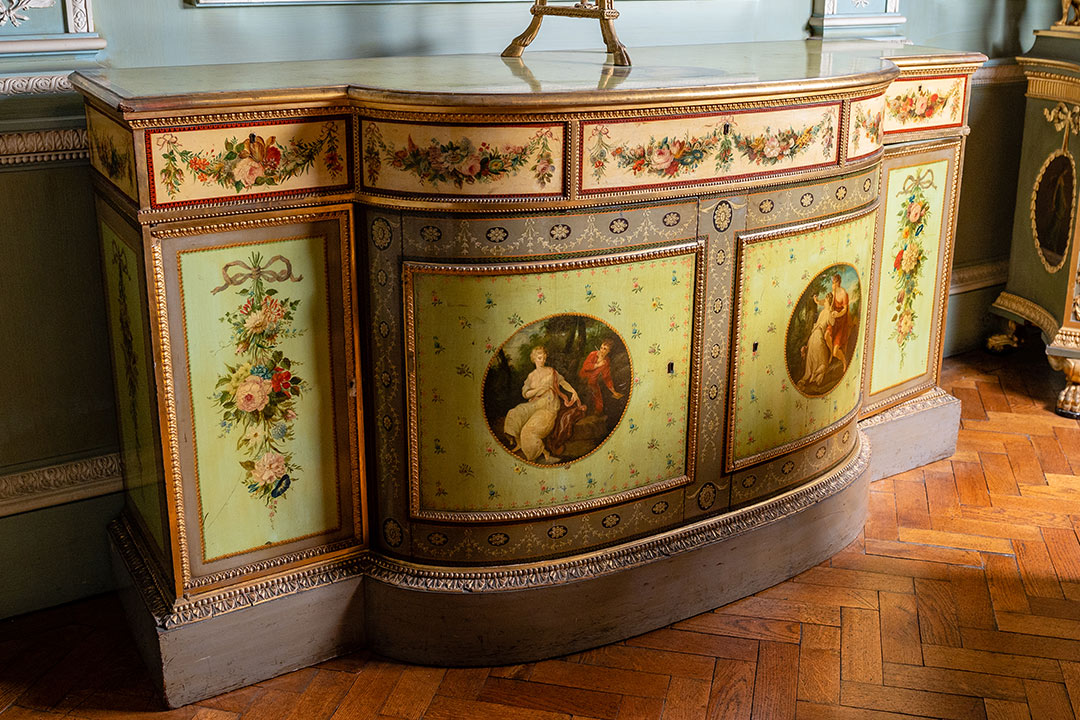
The secrétaire commode in the Adam Room is decorated with medallions featuring the lovers Damon and Musidora on the left and Paris and Oenone on the right.
In The Seasons, an 18th century poem by James Thomson, Damon encounters Musidora bathing and behaves so respectfully that she agrees to marry him.
According to Greek mythology there is a less happy ending for the other couple, as Paris deserts his beloved Oenone for Helen. Oenone then refuses to treat Paris’s war wounds until it is too late, and takes her own life in remorse after he dies. If only Paris could have taken a leaf out of Damon's book and treated his women with more respect!
The Black Brunswicker by John Everett Millais
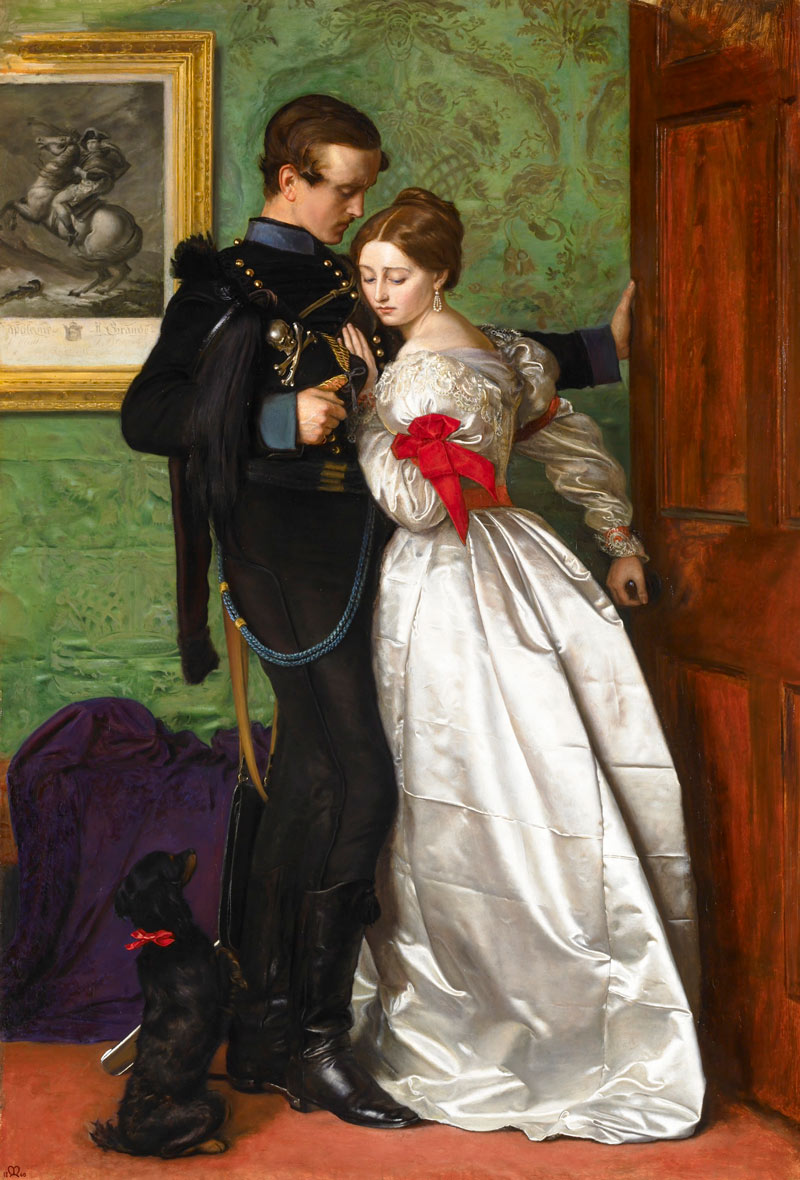
This painting famously depicts a couple who can’t bear to be parted but quite the opposite is true in real life as the models never actually met. It would not have been becoming to press against a stranger so closely at the time, so each posed separately against a mannequin. The female model is Kate Dickens, daughter of Charles Dickens. If she could emote so powerfully with a wooden model just imagine the Instagram following she could have today...
The Mortlake tapestries (detail)
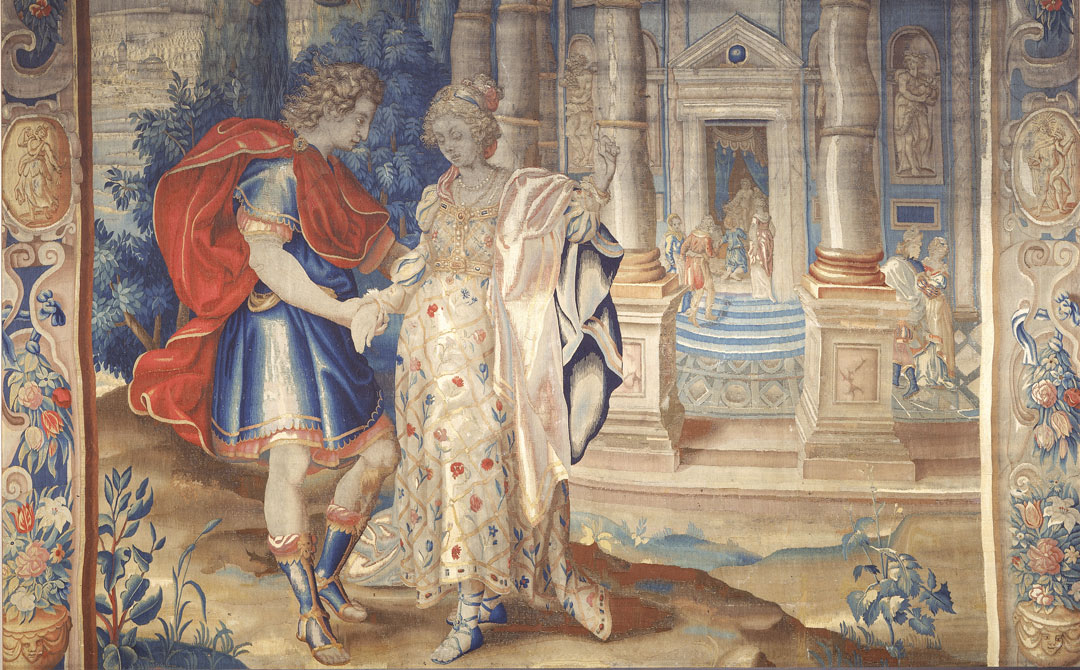
In Room 13 a set of six tapestries illustrate the Ancient Greek story of the tragic love of the priestess Hero for Leander. Leander swam the dangerous currents of the Hellespont, the straits between Europe and Asia at the Bosphorous, in order to see his love, but was drowned one stormy night. A passionate grand gesture, but in hindsight maybe it would have been better to wait for a ferry.
Rosalind and Celia by Valentine Walter Lewis Bromley
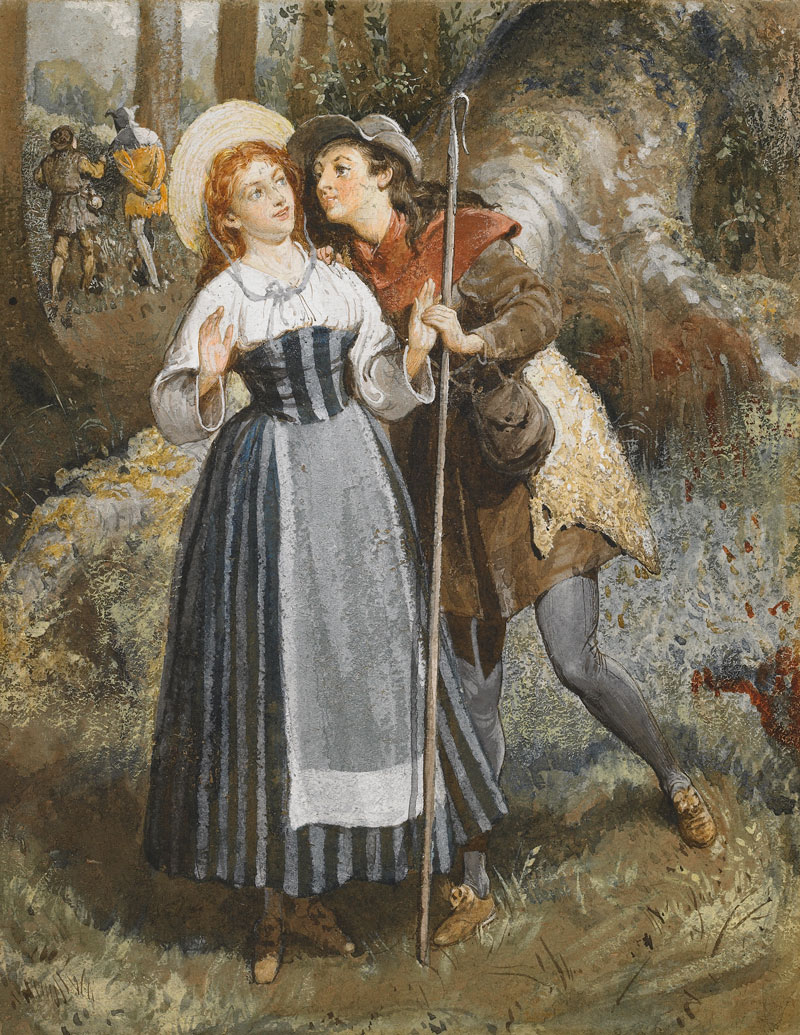
Rosalind and Celia are shown in disguise as a shepherdess and her male companion in this watercolour painting, which is not currently on display. Characters from the Shakespeare play 'As You Like It’, the pair flee the court of Celia's father and set up a home together in the forest. Their romance does not last and Celia eventually marries a man, although she still has strong feelings for Rosalind. So much for the sisterhood.
Cephalus and Aurora by John Flaxman
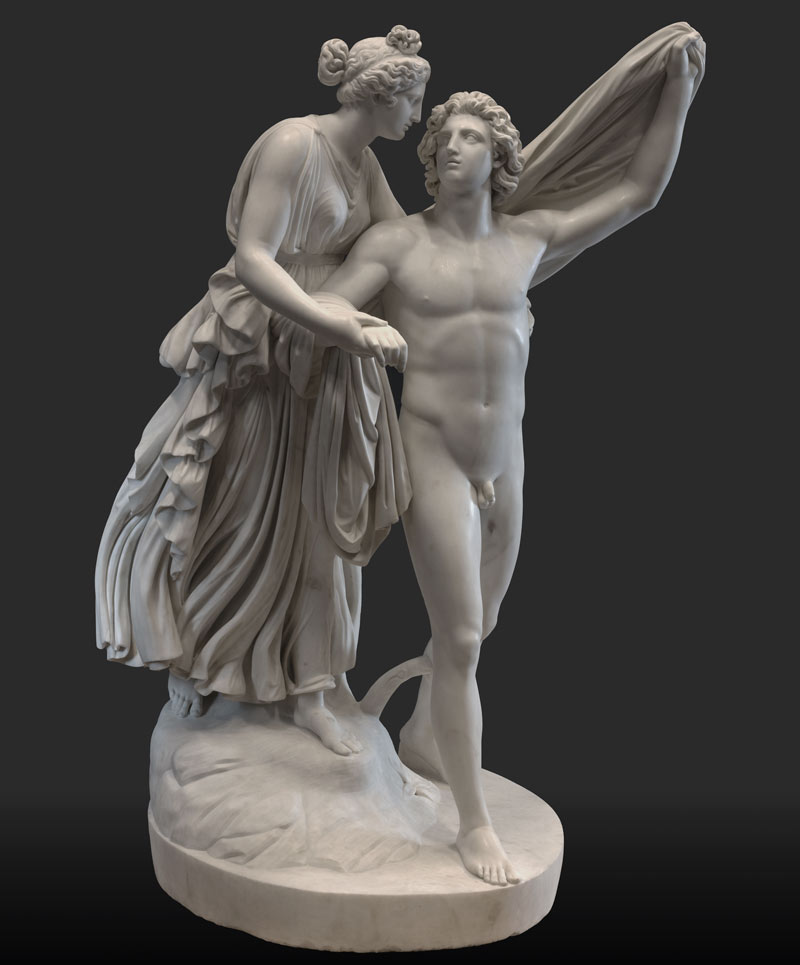
In Greek mythology Aurora, goddess of the dawn, was in love with the mortal Cephalus. Although Cephalus resisted her advances at first, staying faithful to his wife, that look spells trouble…
The Blessed Damozel (detail) by Dante Gabriel Rossetti
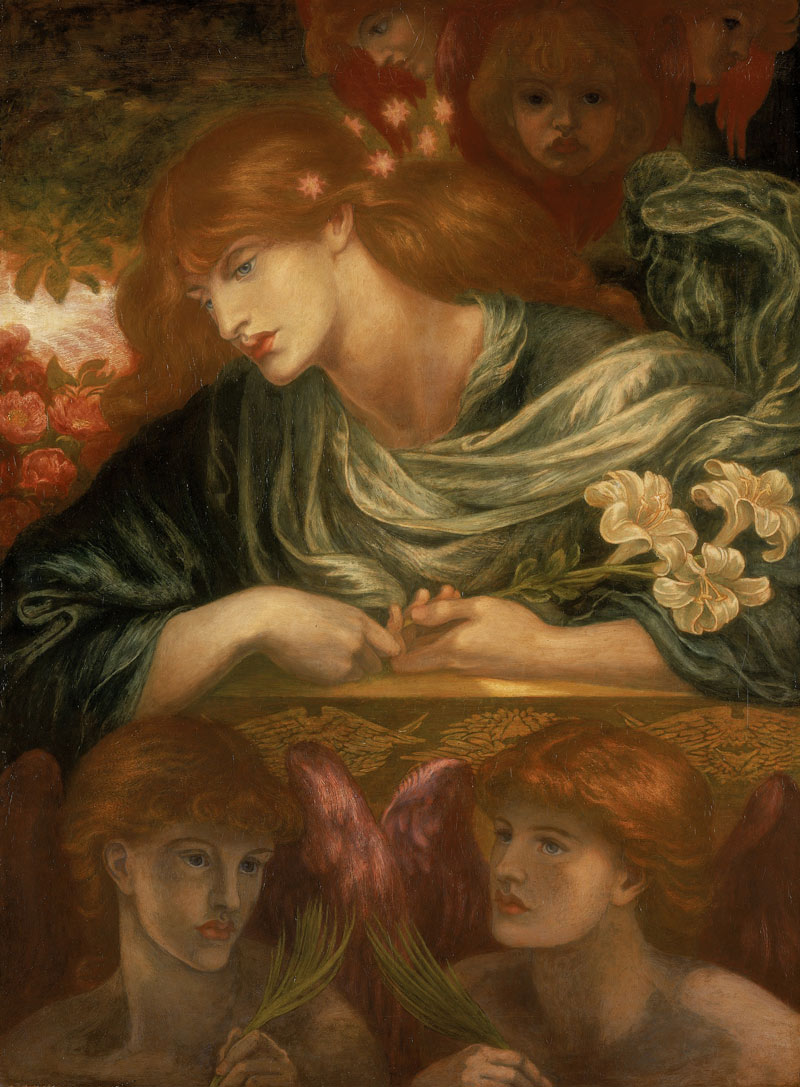
The woman in this painting is also the subject of a poem by Rossetti. His verse tells how she died young and went to heaven, where she pined for her lover, waiting for him to die so that they could be reunited. Whether he was in any hurry to join her is not recorded.
Commode by John Mayhew and William Ince
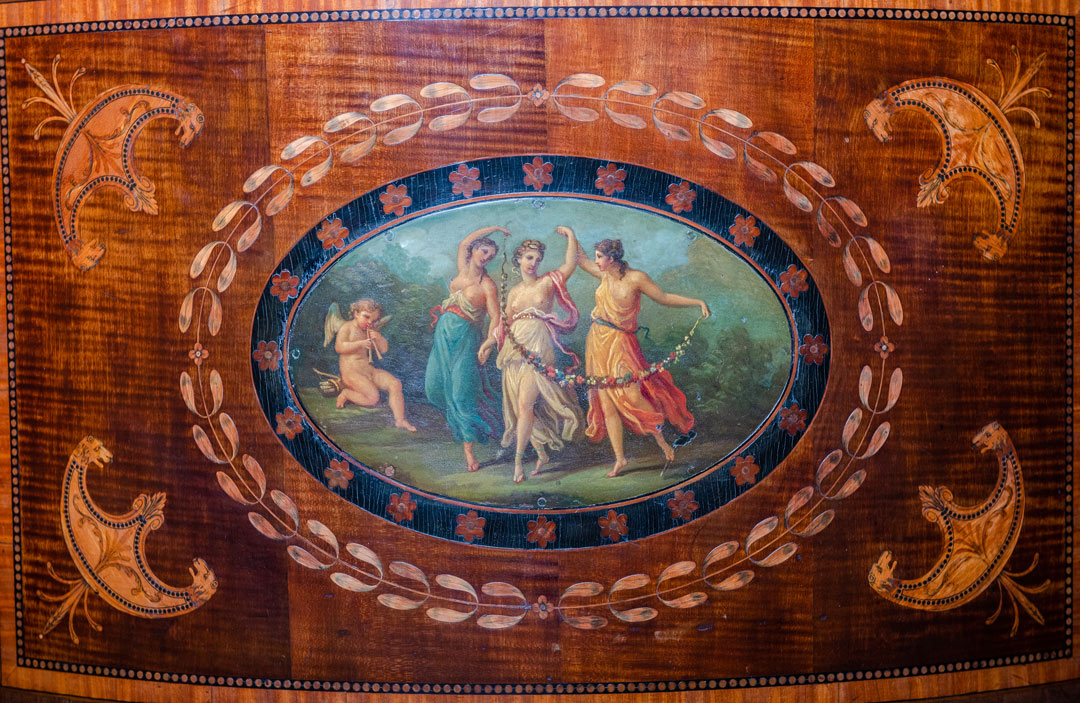
Cupid, the god of love is shown playing music for the Three Graces (not the ones at the Pier Head!) on this painted copper medallion on the front of a commode made by John Mayhew and William Ince in Room 14. Representing positive qualities of happiness, joie de vivre and playfulness, the Graces were three goddess sisters who were usually shown dancing and having fun together. Having read about so much heartbreak and upset you can't help wonder if maybe the reason they look so cheerful is that there are no men around to betray them.
The End of the Skein by Walter Dendy Sadler
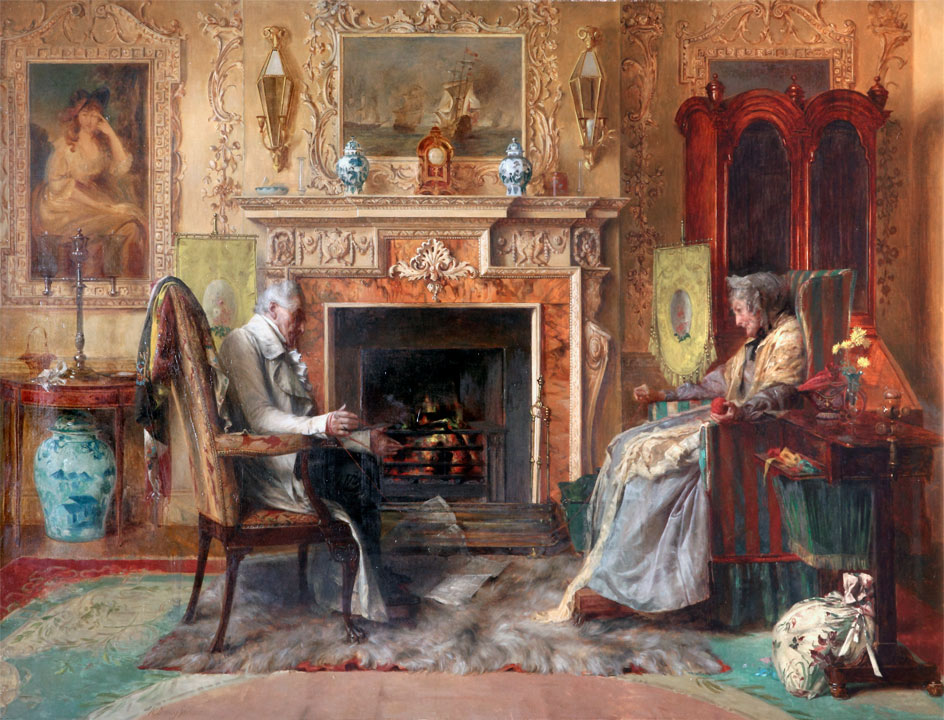
After so many tragic tales, let’s end on a less dramatic note, with this portrait from our Main Hall of an elderly couple who have enjoyed a long marriage. The title ‘The End of the Skein’ implies that their time together is coming to an end, like the skein of yarn that the husband is helping his wife to wind. It is comforting that at least one couple’s story in the Lady Lever Art Gallery doesn’t end in betrayal, tragedy or death.
Beyond the fairytales...
So while the artworks on display may look idyllic and romantic, you don't need to scratch too far beneath the surface to find that the fairytale romances portrayed could just be an illusion. Maybe the Wedding Singer was right all along...
